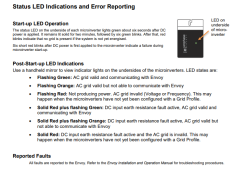svetz
Works in theory! Practice? That's something else
Updated the drawing based on your posts and some logic (very possibly wrong; -) trying to fully comprehend your system:
- Moved the CTs (there shouldn't be two circuits exiting the IQ Combiner. Also, the CT positions are odd... usually it's PV, grid, load/home, not as displayed above, so took a stab at what I thought might be likely. You have a 2x in front of them and that's a bit confusing too, so possibly I just don't understand something.
- Relabeled Envoy to IQCombiner w/Envoy to make it clearer.
- Put the shunt back in as I suspect you haven't had time yet to actually remove it. I know the intent is to remove it, but it adds to the total resistance so important to consider for the sake of the discussion.
- Changed out the IQ7A as you mentioned it was a future test.
- Indicated the BMS was inside a battery system.
- In your drawing above you showed line-side taps, but as that's uncommon here I terminated the IQ Combiner at the load center, if you really have line-side taps should be changed




